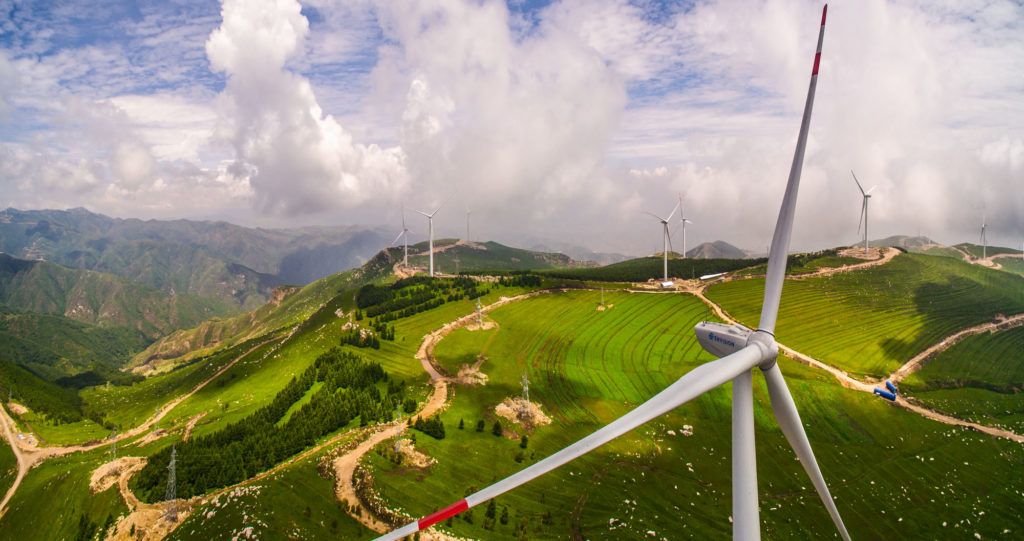China and the US continue to lead the way on renewable energy while France has made big gains to come third in the 53rd EY Renewable Energy Country Attractiveness Index (RECAI).
France has moved up two positions to third from fifth, with a new focus on floating offshore wind capacity and doubling of its annual targets for onshore wind capacity.
Other notable gains in position have been seen in South Korea (24th position, up by seven) and Vietnam (26th position, up by 17), which made strong moves with their plans to build new renewable energy projects of 4GW and 475 MW respectively.
Norway (36th, up by nine) and Finland (39th, up by three) have planned new investments shored up by long term agreements with corporate buyers known as power purchase agreements (PPAs) in a near subsidy-free environment.
However the ending of government subsidies is bringing new challenges.
The report notes: “The disappearance of government-guaranteed revenue streams is exposing wind and solar projects to new risks, particularly volatile wholesale – or ‘merchant’ – power prices, creating both challenges and opportunities.
“Falling costs have resulted in subsidy-free projects moving forward in the UK and Germany, while – further afield – the disappearance of subsidies in Australia has not deterred developers. Even in China, where government money has created the world’s largest installed base of renewables capacity, unsubsidised projects are under development.”
Ben Warren, EY Global Power & Utilities Corporate Finance Leader and RECAI Chief Editor, says: “In this more complex, subsidy-free environment, renewable developers must work harder and smarter to find the revenue certainty they need to finance or monetise their efforts. Europe has led the way with unsubsidized projects in areas with good renewable resources, and multiple projects across the Nordics, UK, and Spain are being developed which are backed by private investment and corporate power purchase agreements to provide the required stability.
“For the renewable energy market overall, however, a future without government subsidy is one that will no longer be vulnerable to sudden shifts in policy, or to retroactive changes to promised tariffs. Instead, it will be one where market forces impose discipline, drive efficiencies and accelerate the cost reductions that have allowed the sector to stand on its own two feet.”
Corporate purchases of clean energy rocketed last year, with a number of new companies entering the market for the first time. According to the report, last year PPAs supported 13.4GW of clean energy generation, more than double the 6.1GW of PPAs in 2017.
Contracts for ten years
The report says that for many companies, the motivation to enter into a PPA is economic – contracts that run for ten years or more, which offer a long-term hedge in the face of volatile power prices. Other companies are choosing to procure renewable energy for reputational reasons or to reduce their exposure to carbon emissions.
Benoit Laclau, EY Global Energy Leader, adds: “Thanks to rapidly declining costs, the competitiveness of renewables is no longer heavily tied to financial incentives.
“The outlook for clean and renewable energy looks very positive, but it needs stable policies supported by a long-term vision. With these in place we can expect a large and stable market to develop, attracting investment beyond current expectations — from individual, corporate, government and financial sponsors.
Moves to an all-electric future
“We continue to see strong moves towards an all-electric future, driven by growth in renewable energy and non-traditional end uses of electricity. We foresee a sustained growth in demand for clean, carbon neutral electricity driving investment in new energy technology, including battery storage and electric vehicle infrastructure.”
The report suggests that emerging markets for offshore wind include the United States, mainland China, Japan, Taiwan and South Korea.
- This article first appeared on ESG Clarity‘s sister site, Global Investment Megatrends.








